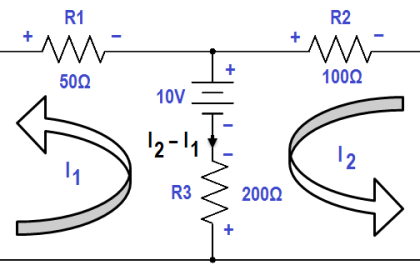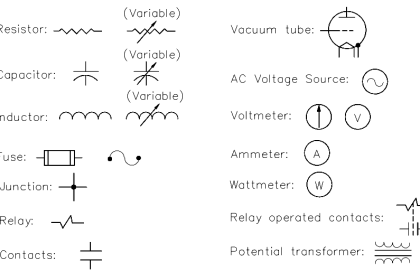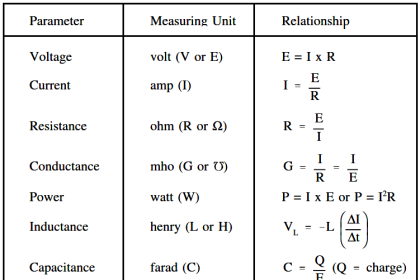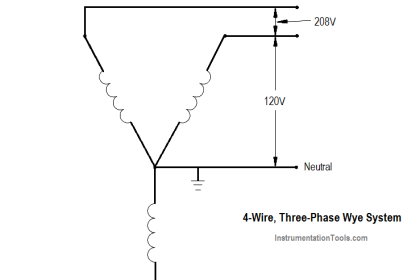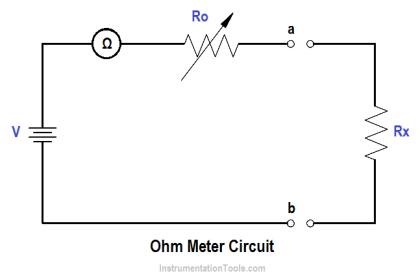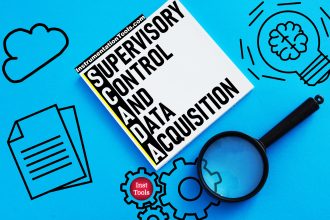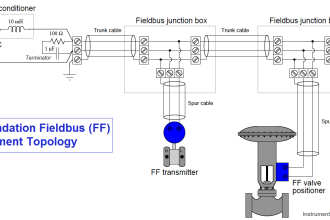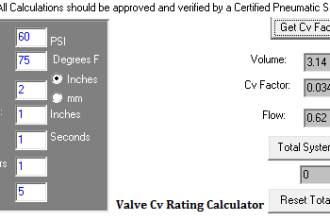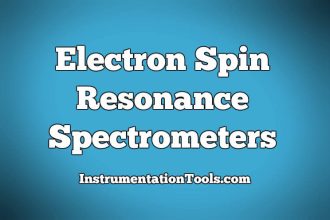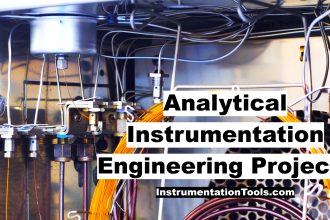The source of single-phase (1φ) power in all facilities is by generation from a single-phase generator or by utilization of one phase of a three-phase (3φ) power source.
Basically, each phase of the 3φ distribution system is a single-phase generator electrically spaced 120 degrees from the other two; therefore, a 3φ power source is convenient and practical to use as a source of single-phase power. Single-phase loads can be connected to three-phase systems utilizing two methods.
The diagram shown in below Figure illustrates these connections.

Figure 1 : Three-Phase To Single-Phase Connections
The first scheme (Figure 1A) provides for the connection of the load from a phase leg to any ground point and is referred to as a phase-to-ground scheme. The remaining scheme (Figure 1B) connects the single-phase load between any two legs of the three-phase source and is referred to as a phase-to-phase connection. The choice of schemes, phase-to phase or phase-to-ground, allows several voltage options depending on whether the source three-phase system is a delta or wye configuration.
The only approved method of wiring single-phase power is the scheme commonly referred to as the 3-wire, single-phase Edison system. The illustration in Figure 2 depicts the use of a center-tapped transformer, with the center tap grounded, providing half voltage (120 V) connections on either side or full voltage (240 V) across both sides.
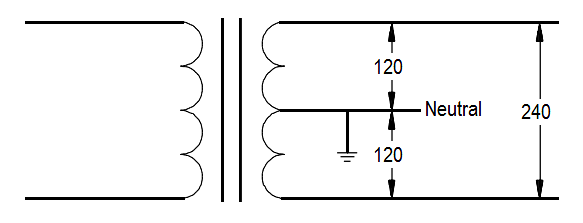
Figure 2 : 3-Wire Edison Scheme
The physical connections to the transformer secondary involve two insulated conductors and one bare conductor. If the conductor is a current-carrying leg or neutral leg, the conductor will be insulated. The remaining uninsulated conductor will serve as a safety ground and will be bonded to the ground point of the system. In all cases, 3 wires will be presented to the load terminals, and the safety ground will be bonded to each junction box, or device, in the distribution system.
In the case of half voltage (120 V) use, the intended path of the current is from the supply leg through the load and back to the source on the neutral leg. No current would be carried on the ground unless a fault occurred in the system, in which case the current would flow safely to ground.
In the full voltage system (240 V), the insulated conductors are connected across the full winding of the transformer, and the uninsulated conductor is again bonded to the grounded center tap. In a balanced system, all currents will flow on the insulated conductors, and the grounded neutral will carry no current, acting only in a ground capacity.
In the case of either an unbalanced load or a fault in the system, the bare conductor will carry current, but the potential will remain at zero volts because it is tied to the ground point. As in the case of the half voltage system, the uninsulated conductor will be bonded to each device in the system for safety.

